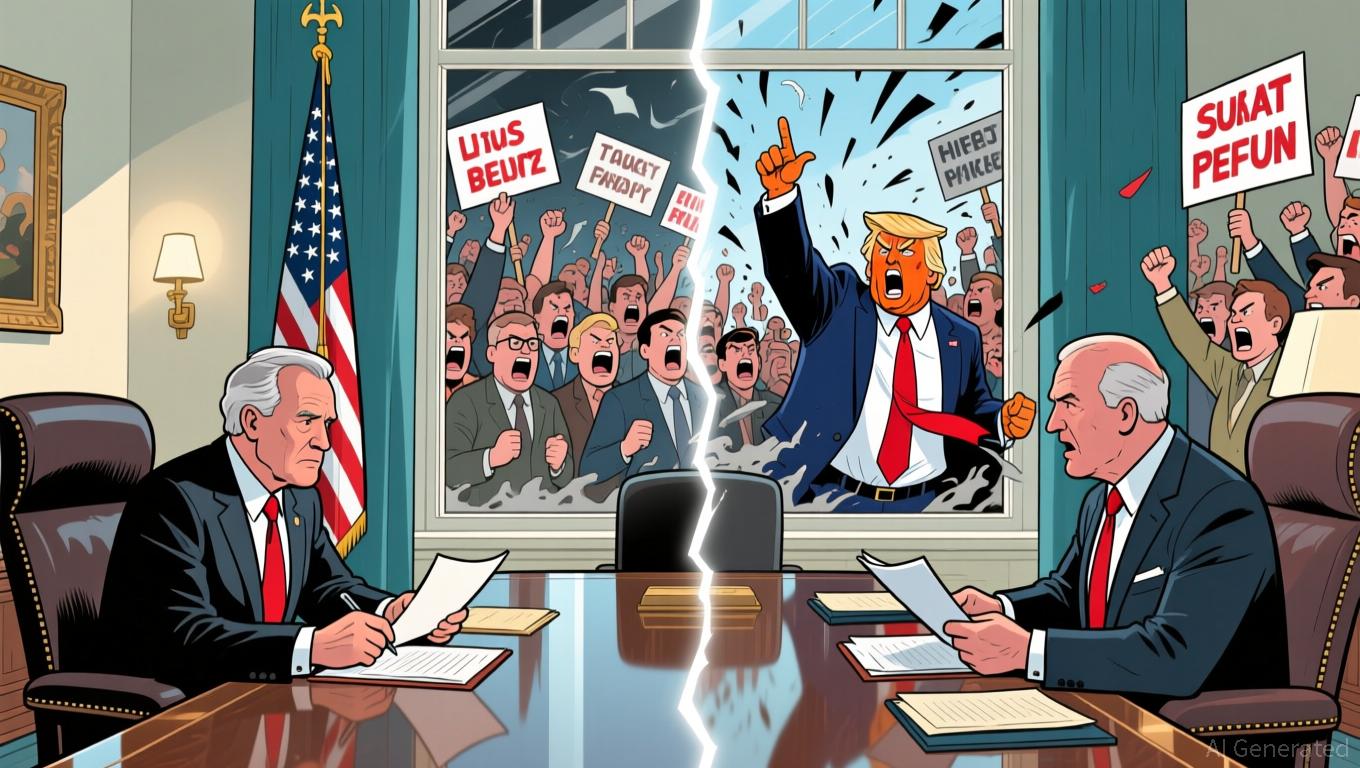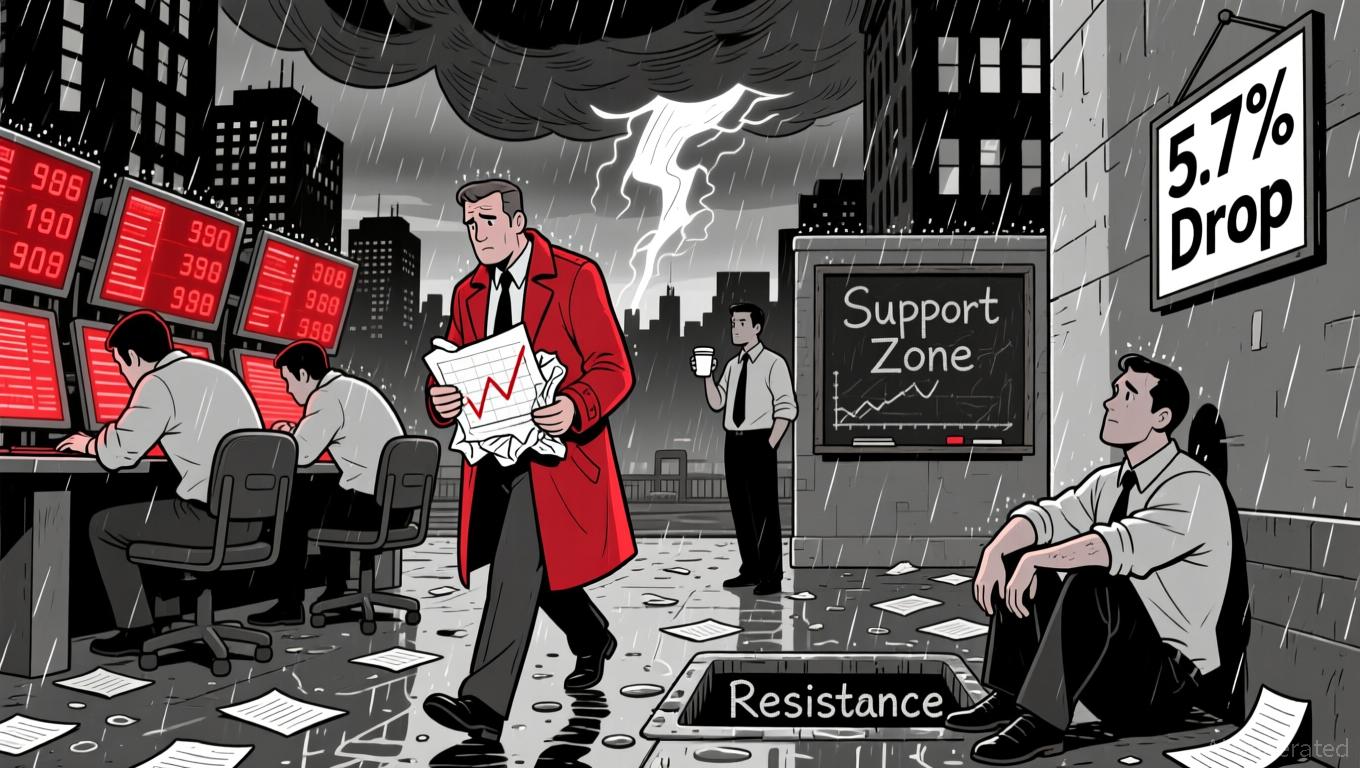XRP Trading Volumes Hit $2.5B on South Korean Exchange UpBit
The trading volume of XRP against the Korean won was the highest among all other counterparts .
of XRP tokens against the Korean won hit $2.5 billion on South Korean exchange UpBit in the past 24 hours, the highest among counterparts, in a sign of speculative frenzy.
This was more than 50% of the total trading volumes on UpBit in that period. Data shows market depth stood at nearly $5 million as of Asian morning hours, suggesting ample liquidity for the tokens as a $5 million buy or sell order would move the tokens only 2% on the exchange. Such liquidity is usually under $1 million, historical data shows.
The surge came as a U.S. court . XRP rose as much as 96% following the court order before giving back gains on Friday morning.
Bitcoin (BTC) and ether (ETH) usually account for the majority of the trading activity on UpBit, which makes the XRP volume surge an anomaly. Overall, ten South Korean exchanges turned billions of dollars worth of XRP - contributing to a significant part of the $13 billion in volumes across global exchanges.
Crypto exchange Binance, in comparison, traded a relatively lesser $2.2 million, CoinGecko data shows.
In crypto circles, South Korean traders are known for pushing euphoric rallies on tokens. The so-called Kimchi Premium originates from the region – where prices of bitcoin on local exchanges can trade at a premium of as much as 30% compared to international counterparts, driven by local demand.
However, some of that volume may be attributable to wash trading, a manipulative technique where traders continually buy and sell the same asset to drive up volumes in order to create a false impression of market activity.
Edited by Parikshit Mishra.
Disclaimer: The content of this article solely reflects the author's opinion and does not represent the platform in any capacity. This article is not intended to serve as a reference for making investment decisions.
You may also like
Trump’s Federal Reserve Shakeup Raises Concerns Over Stagflation and Divides Within GOP
- Trump announced his Fed chair pick but withheld the name, criticizing resistance to removing Powell before his 2026 term ends. - Shortlisted candidates include Waller, Bowman, and Rieder, with Trump hinting at a "standard" choice amid political tensions. - The dispute with Rep. Greene over Epstein files highlights GOP fractures, as Trump accused her of betraying party loyalty. - Critics warn politicizing the Fed risks stagflation, while the Epstein files debate underscores transparency vs. loyalty tensio

Nebraska and Wyoming: The Competition for Leadership in Crypto Banking Intensifies
- Nebraska grants first digital asset bank charter to Telcoin, sparking territorial dispute with Wyoming, a crypto banking pioneer since 2017. - 43-day government shutdown disrupted 680,000 Maryland SNAP recipients and caused 5M travel disruptions due to air traffic controller shortages. - Trump's $82M bond purchases and military strikes on drug-smuggling vessels face conflict-of-interest concerns and international backlash. - Fed credibility questioned after ex-governor Adriana Kugler resigns over illegal

YFI Drops 5.76% Over the Past Week as Overall Market Shows Weakness
- YFI fell 5.76% in 7 days and 44% annually, reflecting broader market weakness and risk-off sentiment. - Analysts link declines to macroeconomic uncertainty, profit-taking, and shifting investor psychology despite no direct catalysts. - Mixed sector updates (Eltek, iQIYI , Zymeworks) highlight varied asset-class responses to current economic conditions. - YFI remains a key digital asset indicator, with stabilization signals closely monitored amid ongoing downward pressure.

Bitcoin’s Abrupt Decline: Should Investors See This as a Chance to Buy or a Cautionary Signal?
- U.S. regulatory changes (GENIUS Act) shifted focus to stablecoins, boosting altcoins while Bitcoin lagged with a 6% price rise. - Institutional investors withdrew $2.9B from crypto ETFs in Q3 2025, exacerbating Bitcoin's decline below $90,000 amid high interest rates. - On-chain data shows extreme fear (index at 10) and whale activity, suggesting a mid-cycle correction rather than a prolonged bear market. - Macroeconomic factors, including AI-driven capital shifts and high yields on traditional assets, f
